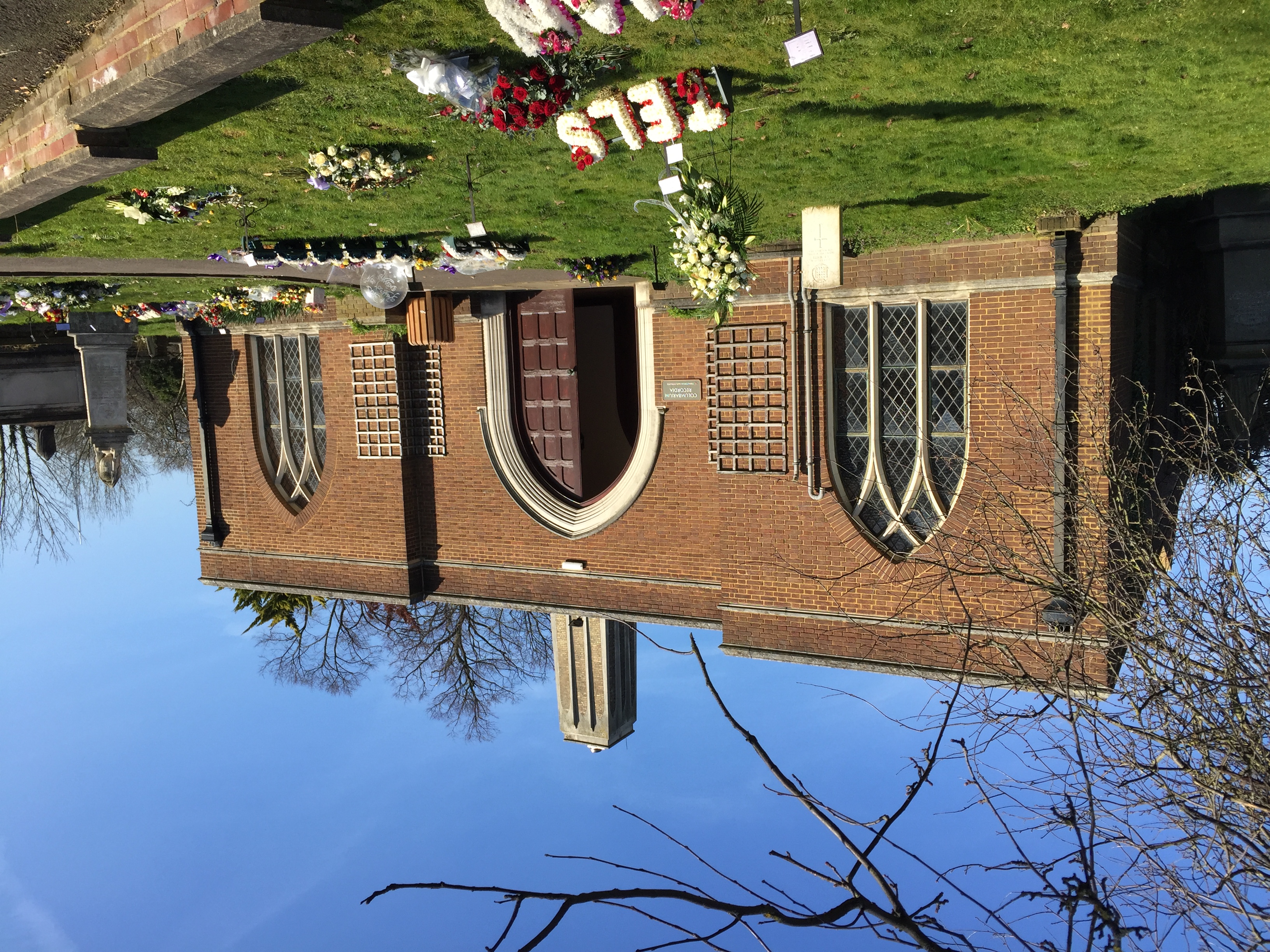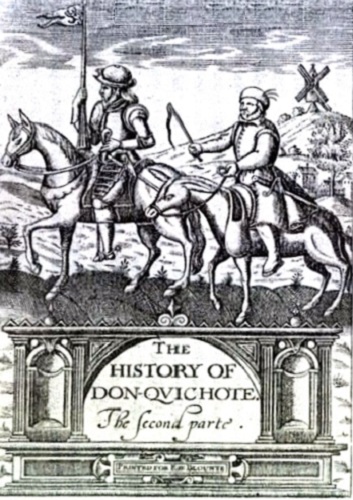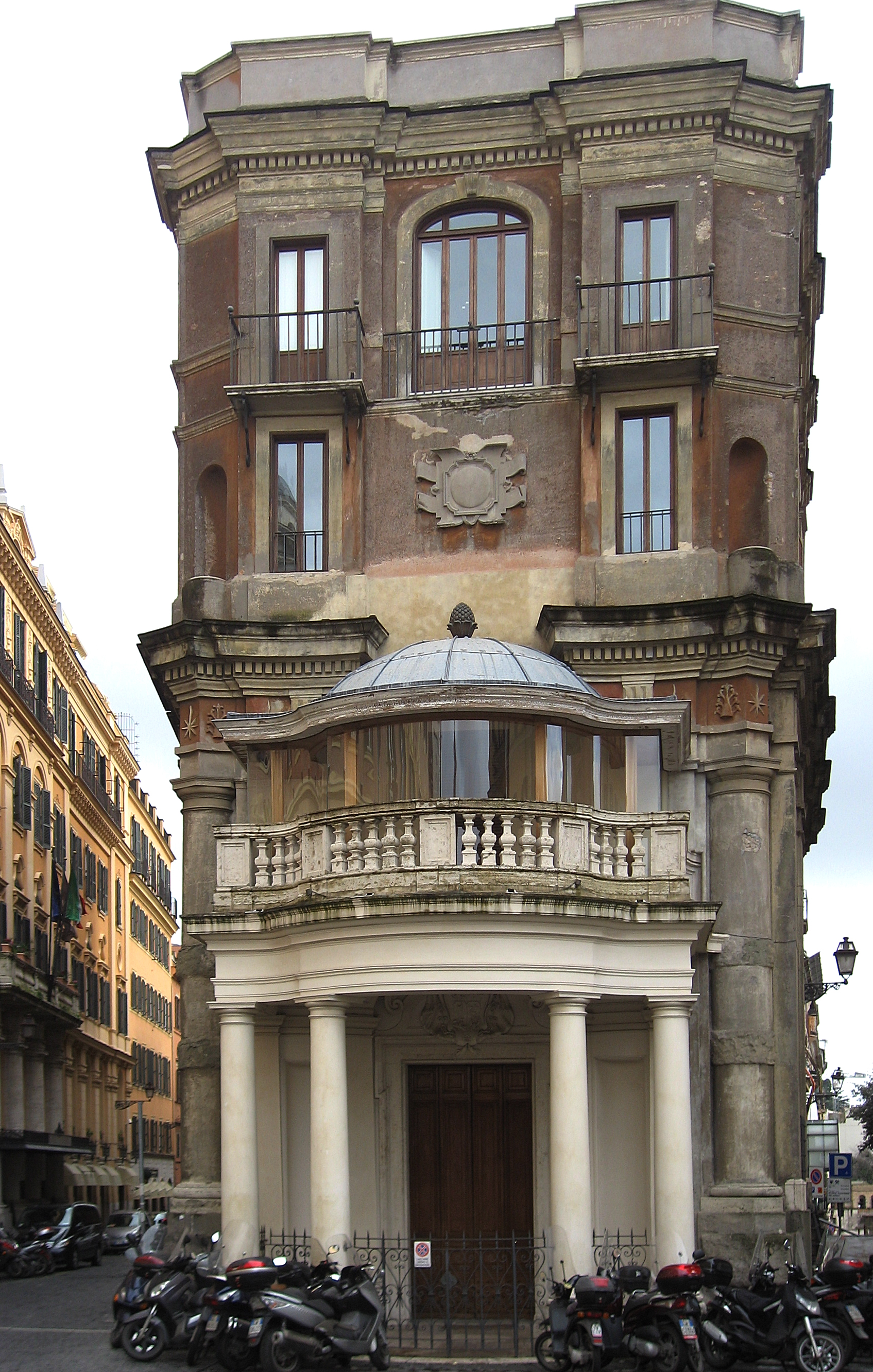|
James Fitzmaurice-Kelly
James Fitzmaurice-Kelly FBA (1858 – 30 November 1923) was a British writer on Spanish literature. Early life Born in Glasgow, He was the son of Colonel Thomas Kelly of the 40th Regiment of Foot and was educated at St Charles's College, Kensington, where he learned Spanish from a fellow pupil and taught himself to read ''Don Quixote''. Obtaining work in 1885 as a tutor in Jerez de la Frontera to Buenaventura Misa y Busheroy, the son of the I Count of Bayona, later the Marquis of Misa. Writing career In Madrid he started the first version of his biography on Miguel de Cervantes. Around 1886, he met Ambassador Juan Valera, politician and war journalist Gaspar Núñez de Arce, and other important poets and intellectuals. He wrote on Hispanic Culture subjects for ''The Spectator'', ''Athenæum'' and ''Pall Mall Gazette''. Returning to England, he established his reputation on Spanish literature through his reviews and articles for London periodicals. His ''History of Spanis ... [...More Info...] [...Related Items...] OR: [Wikipedia] [Google] [Baidu] |
Fellow Of The British Academy
Fellowship of the British Academy (post-nominal letters FBA) is an award granted by the British Academy to leading academics for their distinction in the humanities and social sciences. The categories are: # Fellows – scholars resident in the United Kingdom # Corresponding Fellows – scholars resident overseas # Honorary Fellows – an Honorary title (academic), honorary academic title (whereby the post-nominal letters "Hon FBA" are used) # Deceased Fellows – Past Fellows of the British Academy The award of fellowship is based on published work and fellows may use the post-nominal letters ''FBA''. Examples of Fellows are Edward Rand; Mary Beard (classicist), Mary Beard; Roy Porter; Nicholas Stern, Baron Stern of Brentford; Michael Lobban; M. R. James; Friedrich Hayek; John Maynard Keynes; Lionel Robbins; and Rowan Williams. See also * List of fellows of the British Academy References Fellows of learned societies of the United Kingdom, British Academy Fello ... [...More Info...] [...Related Items...] OR: [Wikipedia] [Google] [Baidu] |
British Academy
The British Academy for the Promotion of Historical, Philosophical and Philological Studies is the United Kingdom's national academy for the humanities and the social sciences. It was established in 1902 and received its royal charter in the same year. It is now a fellowship of more than 1,000 leading scholars spanning all disciplines across the humanities and social sciences and a funding body for research projects across the United Kingdom. The academy is a self-governing and independent registered charity, based at 10–11 Carlton House Terrace in London. The British Academy is primarily funded with annual government grants. In 2022, £49.3m of its £51.7m of charitable income came from the Department for Business, Energy, and Industrial Strategy – in the same year it took in around £2.0m in trading income and £0.56m in other income. This funding is expected to continue under the new Department for Business and Trade. Purposes The academy states that it has five fundam ... [...More Info...] [...Related Items...] OR: [Wikipedia] [Google] [Baidu] |
West Norwood Cemetery
West Norwood Cemetery is a rural cemetery in West Norwood in London, England. It was also known as the South Metropolitan Cemetery. One of the first private landscaped cemeteries in London, it is one of the " Magnificent Seven" cemeteries of London, and is a site of major historical, architectural and ecological interest. Its grounds are a mixture of historic monumental cemetery and modern lawn cemetery, but it also has catacombs, cremation plots and a columbarium for cinerary ashes. The cemetery's crematorium still operates, but all the conventional and cremated remains burial plots have been allocated and hence it is closed to new burials pending further agreement under current burial legislation. Location The Main gate is located on Norwood Road near the junction with Robson Road, where Norwood Road forks into Norwood High Street and Knights' Hill. It is in the London Borough of Lambeth ( SE27). The local authority is the current owner. The site, with some of its neighbo ... [...More Info...] [...Related Items...] OR: [Wikipedia] [Google] [Baidu] |
Kent
Kent is a Ceremonial counties of England, ceremonial county in South East England. It is bordered by Essex across the Thames Estuary to the north, the Strait of Dover to the south-east, East Sussex to the south-west, Surrey to the west, and Greater London to the north-west. The county town is Maidstone. The county has an area of and had population of 1,875,893 in 2022, making it the Ceremonial counties of England#Lieutenancy areas since 1997, fifth most populous county in England. The north of the county contains a conurbation which includes the towns of Chatham, Kent, Chatham, Gillingham, Kent, Gillingham, and Rochester, Kent, Rochester. Other large towns are Maidstone and Ashford, Kent, Ashford, and the City of Canterbury, borough of Canterbury holds City status in the United Kingdom, city status. For local government purposes Kent consists of a non-metropolitan county, with twelve districts, and the unitary authority area of Medway. The county historically included south-ea ... [...More Info...] [...Related Items...] OR: [Wikipedia] [Google] [Baidu] |
Sydenham, London
Sydenham () is a district of south-east London, England, which is shared between the London boroughs of London Borough of Lewisham, Lewisham, London Borough of Bromley, Bromley and London Borough of Southwark, Southwark. Prior to the creation of the County of London in 1889, Sydenham was located in Kent, bordering Surrey. Historically, the area was very affluent, with the Crystal Palace being relocated to Sydenham Hill in 1854. Today, Sydenham is a diverse area, with a population of 28,378 (2011 census) and borders Forest Hill, London, Forest Hill, Dulwich, Crystal Palace, London, Crystal Palace, Penge, Beckenham, Catford and Bellingham, London, Bellingham. History Originally known as Sippenham, Sydenham began as a small settlement, a few cottages among the woods, whose inhabitants grazed their animals and collected wood. In the 1640s, springs of water in what is now Sydenham Wells Park, Wells Park were discovered to have medicinal properties, attracting crowds of people to the ... [...More Info...] [...Related Items...] OR: [Wikipedia] [Google] [Baidu] |
Taylorian Lecture
The Taylorian Lecture, sometimes referred to as the "Special Taylorian Lecture" or "Taylorian Special Lecture", is a prestigious annual lecture on Modern European Literature, delivered at the Taylor Institution in the University of Oxford since 1889. 1889-1899 The first eleven lectures were published collectively in 1900, under the title Studies in European Literature, being the Taylorian Lectures 1889—1899': *1889: Edward Dowden, “Literary Criticism in France” *1890: Walter Pater, “Prosper Mérimée” *1891: W. M. Rossetti, “Leopardi” *1892: T. W. Rolleston, “Lessing and Modern German Literature” *1893 (delivered 1894): Stéphane Mallarmé, “La musique et les lettres” (Music and Literature) *1894: Alfred Morel-Fatio, “L'Espagne du Don Quijote” *1895: H. R. F. Brown, “Paolo Sarpi” *1896 (delivered 1897): Paul Bourget, “Gustave Flaubert” *1897: C. H. Herford, “Goethe’s Italian Journey” *1898: Henry Butler Clarke, “ The Spanish Rogue-St ... [...More Info...] [...Related Items...] OR: [Wikipedia] [Google] [Baidu] |
Thomas Shelton (translator)
Thomas Shelton (''fl.'' 1604–1620) was a translator of ''Don Quixote'' from Spanish into English. Shelton's translation of the first part of the novel was published in London in 1612. It was the first translation of ''Don Quixote'' into any language. Shelton published his complete translation of the novel in 1620. Life Shelton was a Roman Catholic from Dublin. He may have been educated in Spain, where a "Thomas Shelton, Dublinensis" was listed as a student in Salamanca. Shelton's activities in Ireland brought him to the attention of the English intelligence service. He seems to have been employed in carrying letters to persons in England from Lord Deputy Fitzwilliam at Dublin Castle. However, evidence emerged that he was hostile to the English crown: a letter was intercepted in which he offered his services to Florence MacCarthy, who was seeking to arrange a military intervention by the king of Spain—the Spanish sent an expedition to Kinsale, Ireland in 1601. In 1600 ... [...More Info...] [...Related Items...] OR: [Wikipedia] [Google] [Baidu] |
Cambridge Modern History
''The Cambridge Modern History'' is a comprehensive modern history of the world, beginning with the 15th century Age of Discovery, published by the Cambridge University Press in England and also in the United States. The first series, planned by Lord Acton and edited by him with Stanley Mordaunt Leathes, Sir Adolphus William Ward and G. W. Prothero, was launched in 1902 and totalled fourteen volumes, the last of them being an historical atlas which appeared in 1912. The period covered was from 1450 to 1910. Each volume includes an extensive bibliography. A second series, with entirely new editors and contributors, '' The New Cambridge Modern History'', appeared in fourteen volumes between 1957 and 1979, again concluding with an atlas. It covered the world from 1450 to 1945. Planning and publishing The first discussions about creating ''The Cambridge Modern History'' took place in 1896. The original ''Cambridge Modern History'' was planned by Lord Acton, who during 1899 an ... [...More Info...] [...Related Items...] OR: [Wikipedia] [Google] [Baidu] |
Encyclopædia Britannica Eleventh Edition
The ''Encyclopædia Britannica'' Eleventh Edition (1910–1911) is a 29-volume reference work, an edition of the ''Encyclopædia Britannica''. It was developed during the encyclopaedia's transition from a British to an American publication. Some of its articles were written by the best-known scholars of the time. This edition of the encyclopaedia, containing 40,000 entries, has entered the public domain and is readily available on the Internet. Its use in modern scholarship and as a reliable source has been deemed problematic due to the outdated nature of some of its content. Nevertheless, the 11th edition has retained considerable value as a time capsule of scientific and historical information, as well as scholarly attitudes of the era immediately preceding World War I. Background The 1911 eleventh edition was assembled with the management of American publisher Horace Everett Hooper. Hugh Chisholm, who had edited the previous edition, was appointed editor-in-chief, with ... [...More Info...] [...Related Items...] OR: [Wikipedia] [Google] [Baidu] |
Henriette Hertz
Henriette Hertz (6 January 1846, Cologne – 9 April 1913, Rome) was a German-born philanthropist and art collector. She donated the Palazzo Zuccari to house the Bibliotheca Hertziana in 1912. Early life Hertz attended school in Cologne, where her family had settled in 1844. Henriette was the fourth child, the eldest girl, of seventeen children, of which seven survived infancy. She spent her school years studying painting and the history of art. In 1871, Hertz, who had been born Jewish, converted to Protestantism. Life in Rome, to 1912 Henriette Hertz is now known mainly through her establishment of the Bibliotheca Hertziana, granted to the Kaiser Wilhelm Institute (KWI) in 1913 (from 1953, the Max Planck Society). In 1889 Hertz, with her wealthy friends Frida and Ludwig Mond, rented parts of the Palazzo Zuccari in Rome. Backed by Ludwig Mond's fortune earned in the British soda industry, the Monds and Hertz maintained an "open house" salon in Rome; regular visitors included ... [...More Info...] [...Related Items...] OR: [Wikipedia] [Google] [Baidu] |
Order Of Alfonso XII
The Civil Order of Alfonso XII () is a Spanish honorific decoration named for King Alfonso XII (1857–1885). It was established by Royal Decree on 23 May 1902 to reward achievements in education, science, culture, teaching and research. History According to Article 3 of the Royal Decree, the order is composed of three categories: Grand Cross (), Commander (), and Chevalier (). Beginning in 1939, the members of the Order could request their entry into the newly created Civil Order of Alfonso X, the Wise. Royal Decree 954/1988, of 2 September, finalized its replacement with the Civil Order of Alfonso X, the Wise, "adapting its norms to the social conditions of the present time and to the democratic principles on which the legal system is based." Selected recipients See also * Orders, decorations, and medals of Spain This is a list of some of the modern orders, decorations and medals of Spain. The majority of the top civil and military decorations currently granted by the ... [...More Info...] [...Related Items...] OR: [Wikipedia] [Google] [Baidu] |




